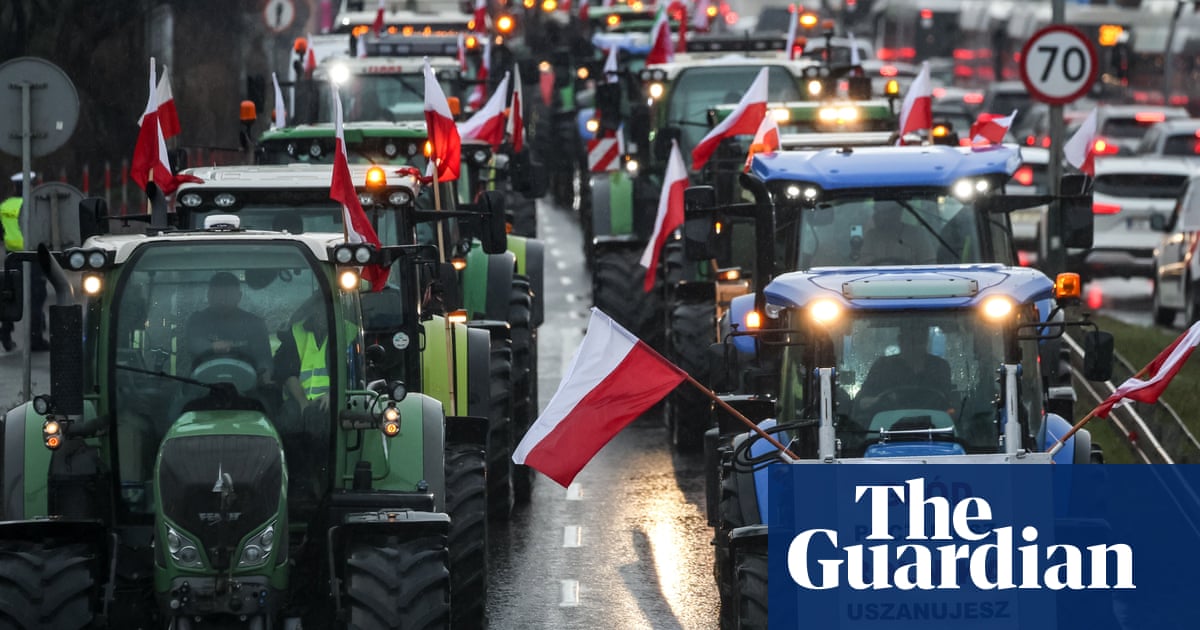
Radical changes to planning rules in England will damage nature, increase air pollution and leave local people with no say on protecting urban wildlife corridors, environmental charities say.
Green organisations reacted angrily to the government’s plans to sweep away current planning restrictions and adopt what one NGO said was a “pervasively permissive” approach to development that would leave the environment unprotected.
Richard Benwell, the chief executive of Wildlife and Countryside Link, said the carving up of land into growth, renewal and protection zones would leave nature less protected.
He said that in zones labelled growth and renewal, existing site specific protections were being weakened, and in the areas reserved for protection there were no new meaningful safeguards for the environment.
“There are some positives in these proposals,” said Benwell. “Of course it’s right to enrich data, improve strategic approaches, tree-line every new street and take advantage of new technology, but these improvements would be eclipsed by the damage done to nature by an over-simplified, pervasively permissive approach to development.”
Others said the shake-up missed the opportunity to force developers to build carbon-neutral homes to meet help the government’s target of net zero carbon emissions by 2050.
Paul Milner, the acting head of land use planning at the CPRE, said the changes did not enforce this on developers.
He said despite the proposals saying streets in new development would have to be tree-lined, the plan “does not cut it for nature”.
“They do not address the real problems with the quality of new housing development,” he said. “Many new and proposed developments are being built on greenfield land in locations where people have to use cars to get around. This is making problems of air pollution worse and also requiring more space for car parking, leading to loss of more valuable habitat.”
He said the changes would allow developers to ride roughshod over local community wishes to protect green spaces and improve them for wildlife.
The changes come as environmentalists battle to halt a devastating loss of British wildlife. Populations of the UK’s most important species have plummeted by an average of 60% since 1970, according a comprehensive analysis published last year.
A quarter of UK mammals and nearly half of the birds assessed are deemed are at risk of extinction, according to the report.
The Wildlife Trusts, which represents 46 wildlife charities, said the new planning rules would only make the loss of habitats and species worse.
“We live in one of the most nature-depleted countries in the world. The white paper proposes a planning system with three categories of land – earmarked for growth, renewal and protection – but this simplification brings risks of creating a disconnected landscape, one in which wildlife continues to decline because nature doesn’t slot into neat little boxes,” said Nikki Williams, director of campaigning and policy at the trusts.
“Protecting isolated fragments of land is not enough to help wildlife recover, nor will it put nature into people’s lives – something that is now recognised as vital for our health and wellbeing.”
She said it was essential that local people could have their say. “It is important that the voice of local communities is heard louder than ever, so that affordable housing can be surrounded by wild spaces, clean air and healthier surroundings.”












